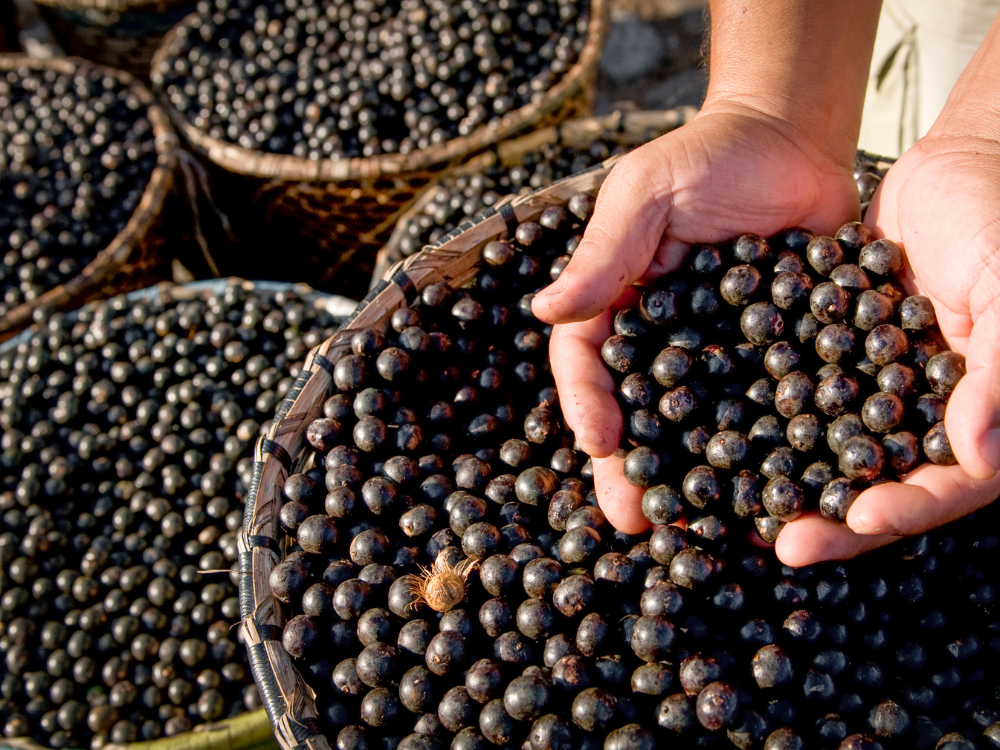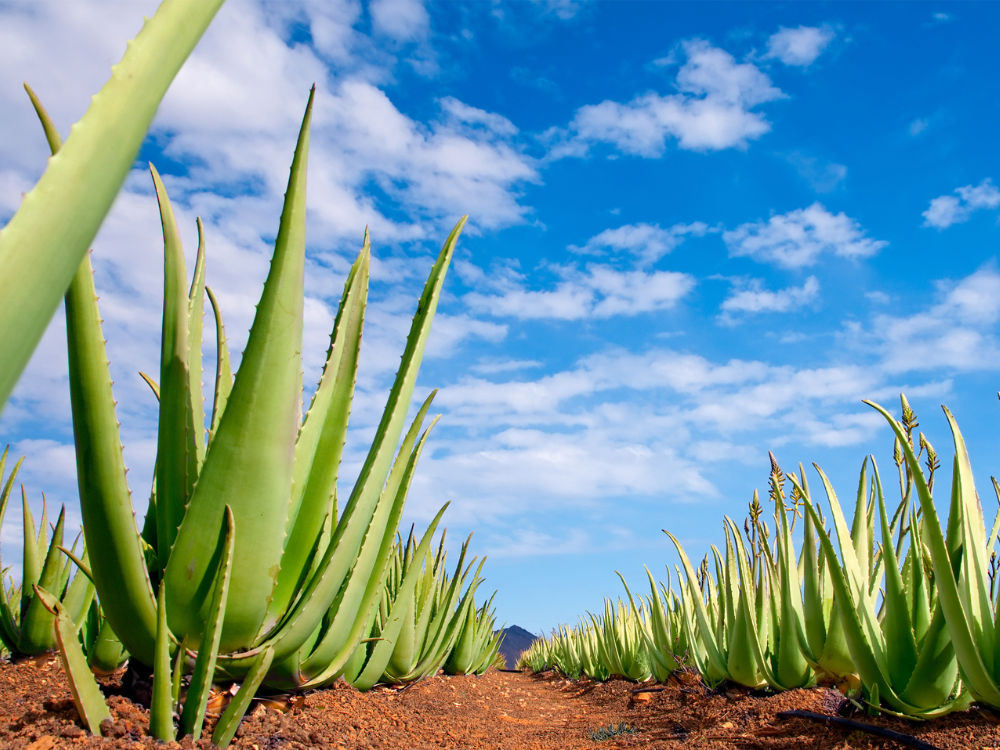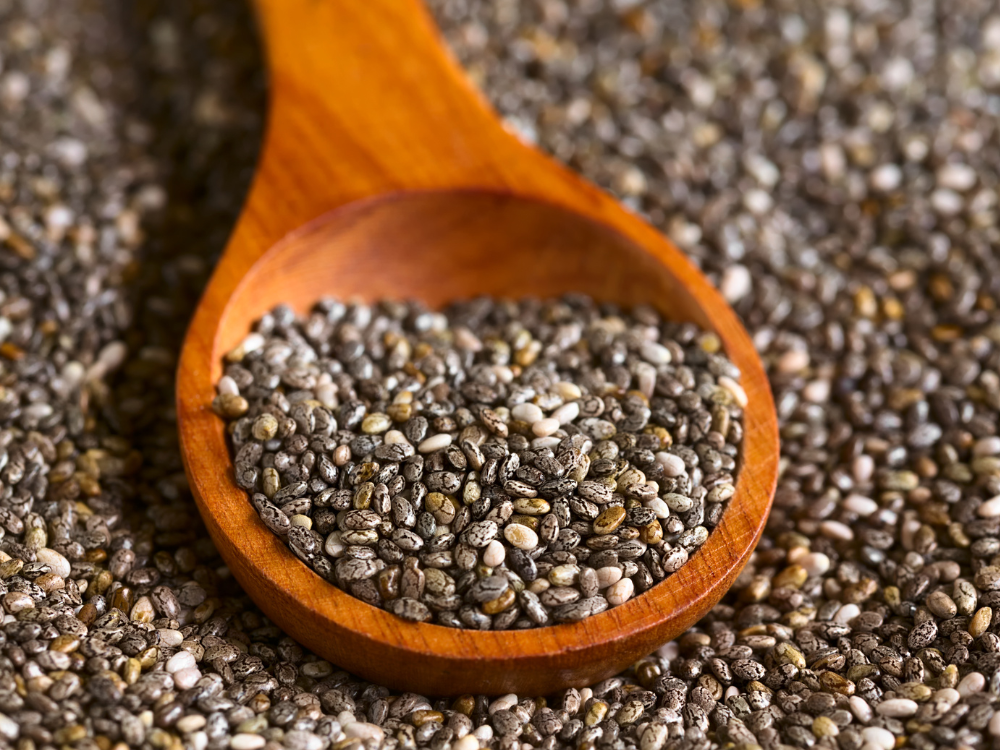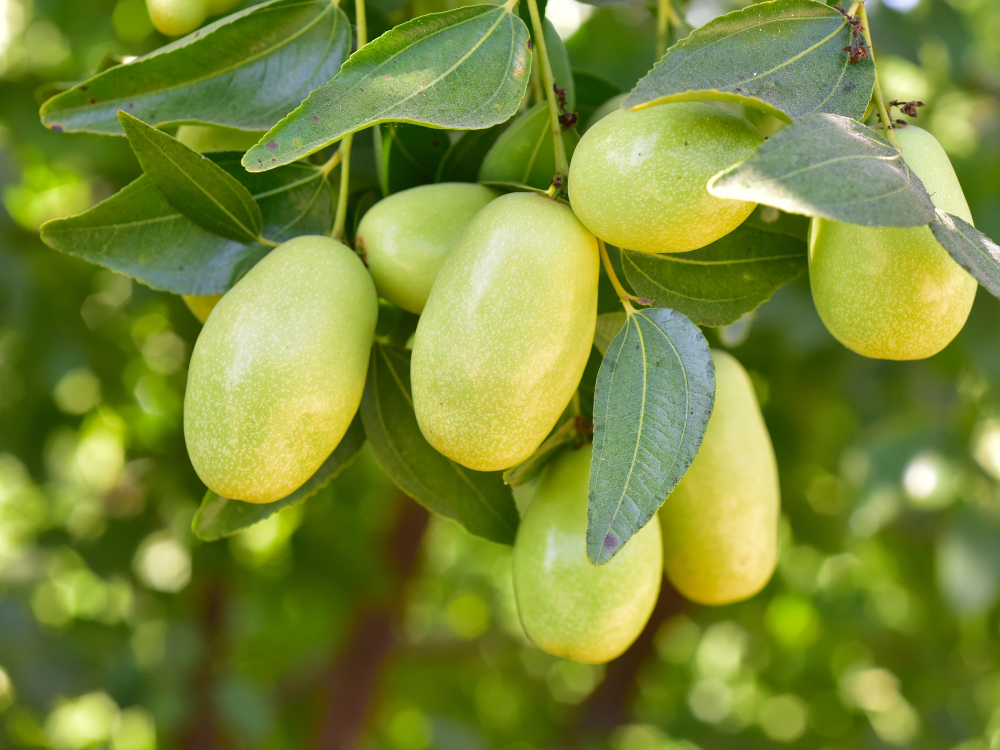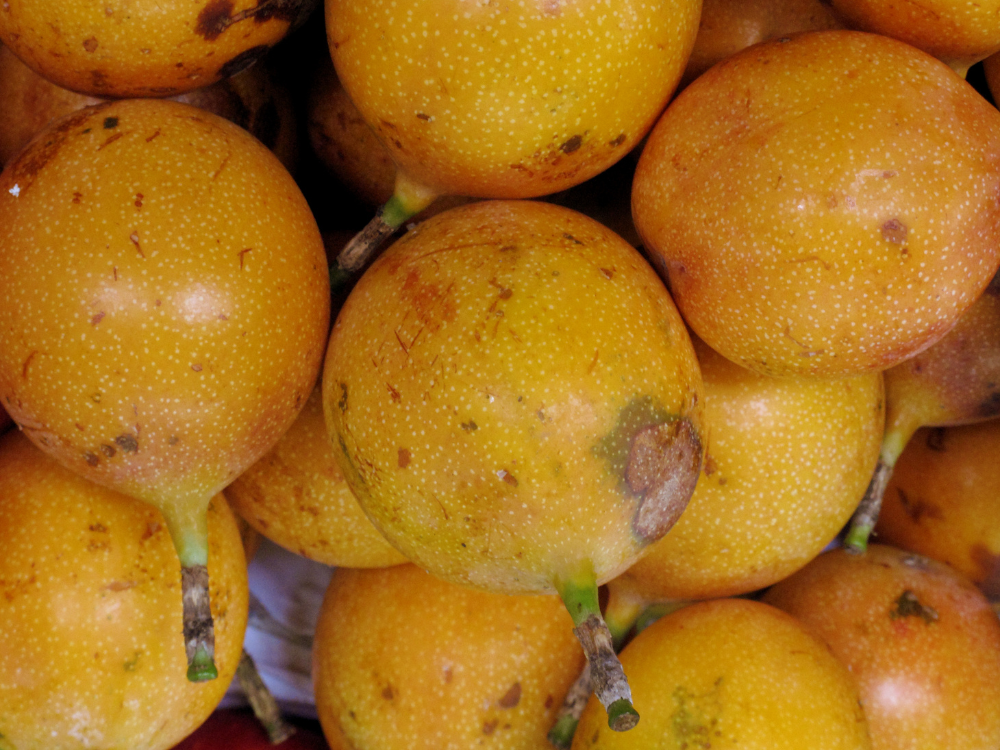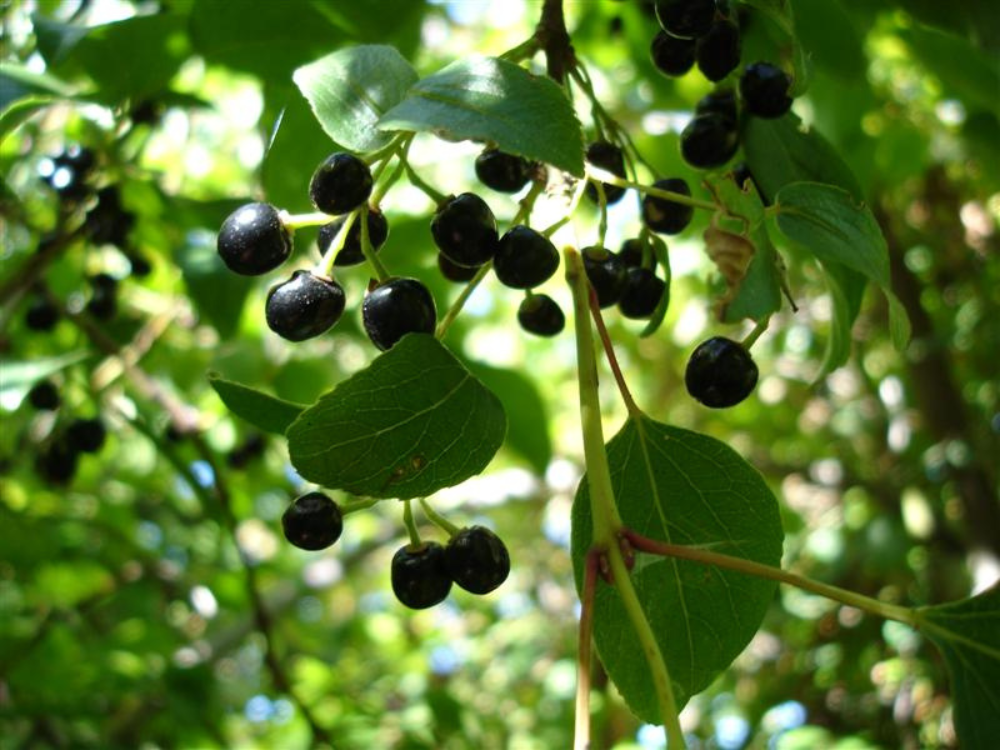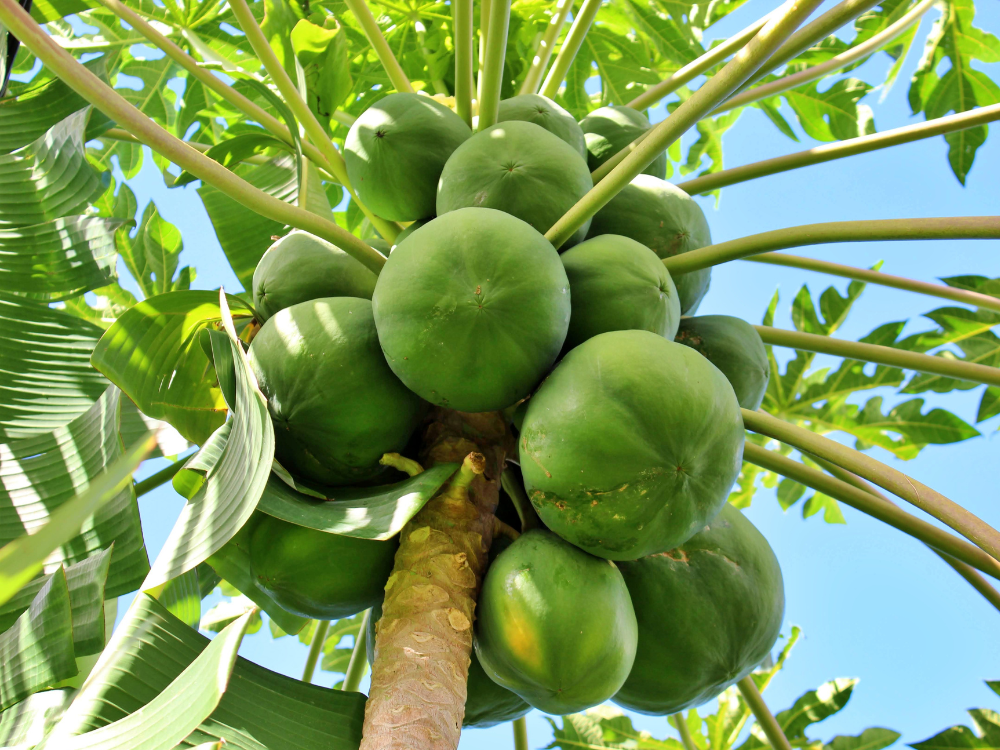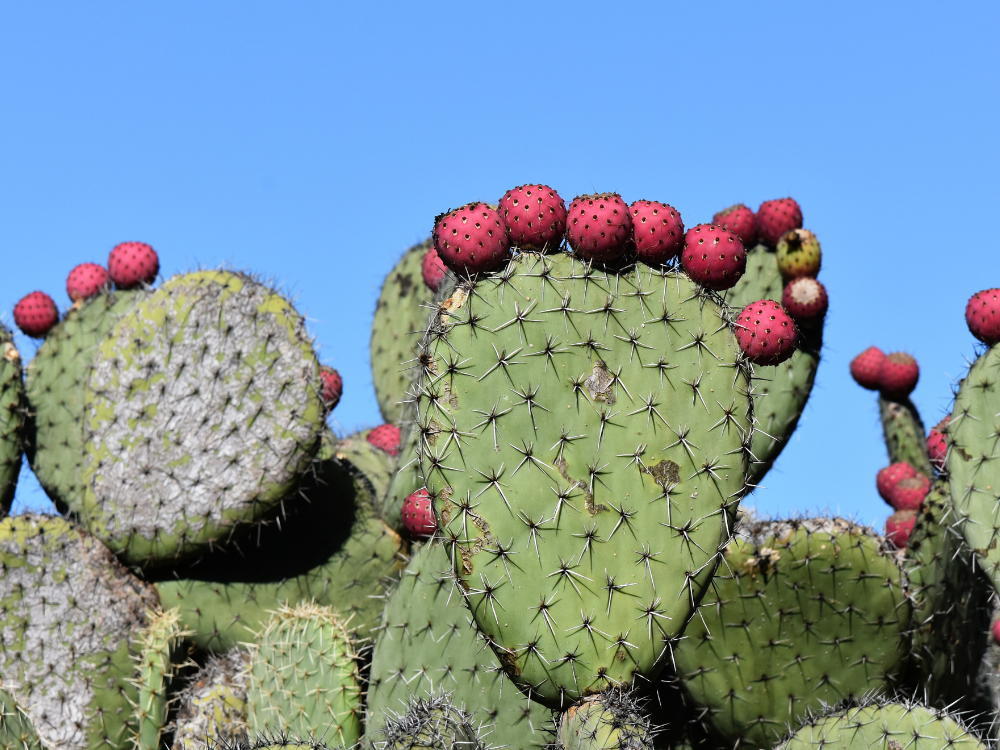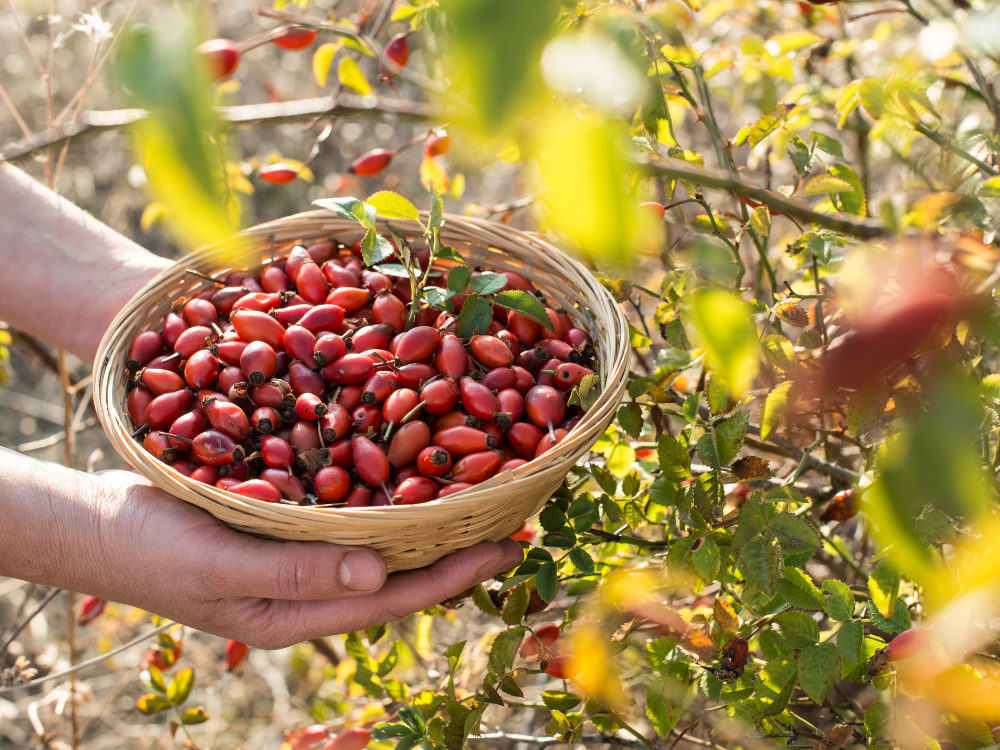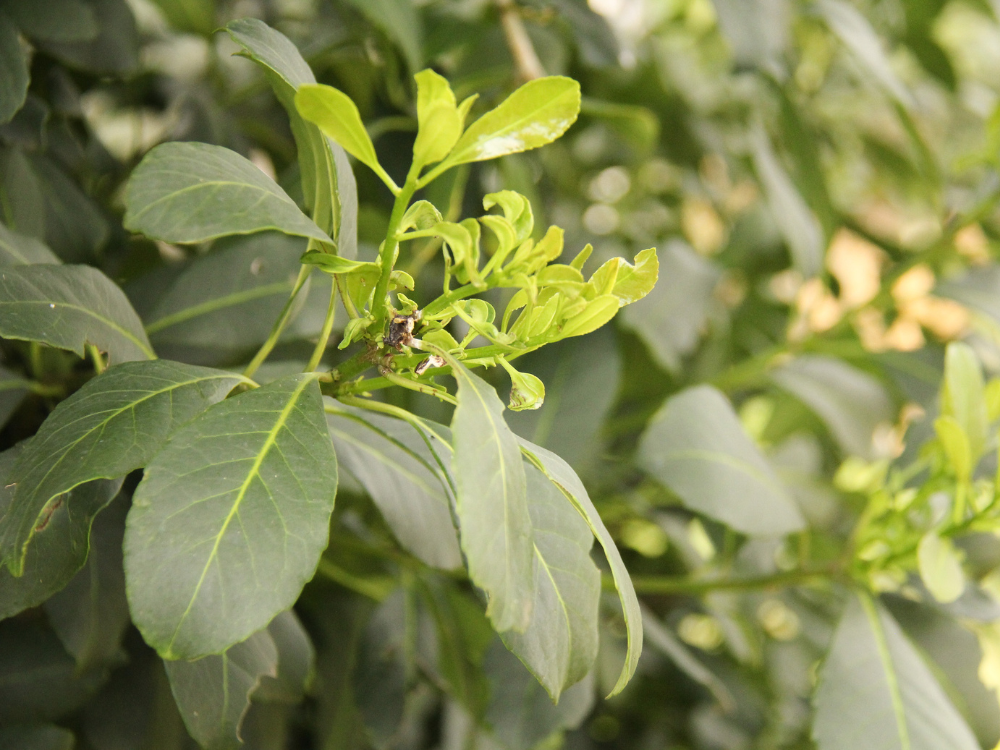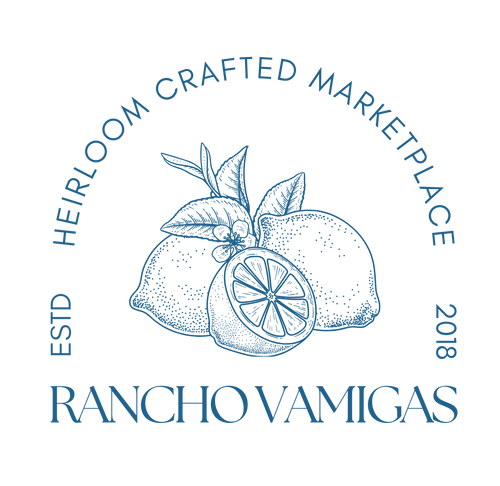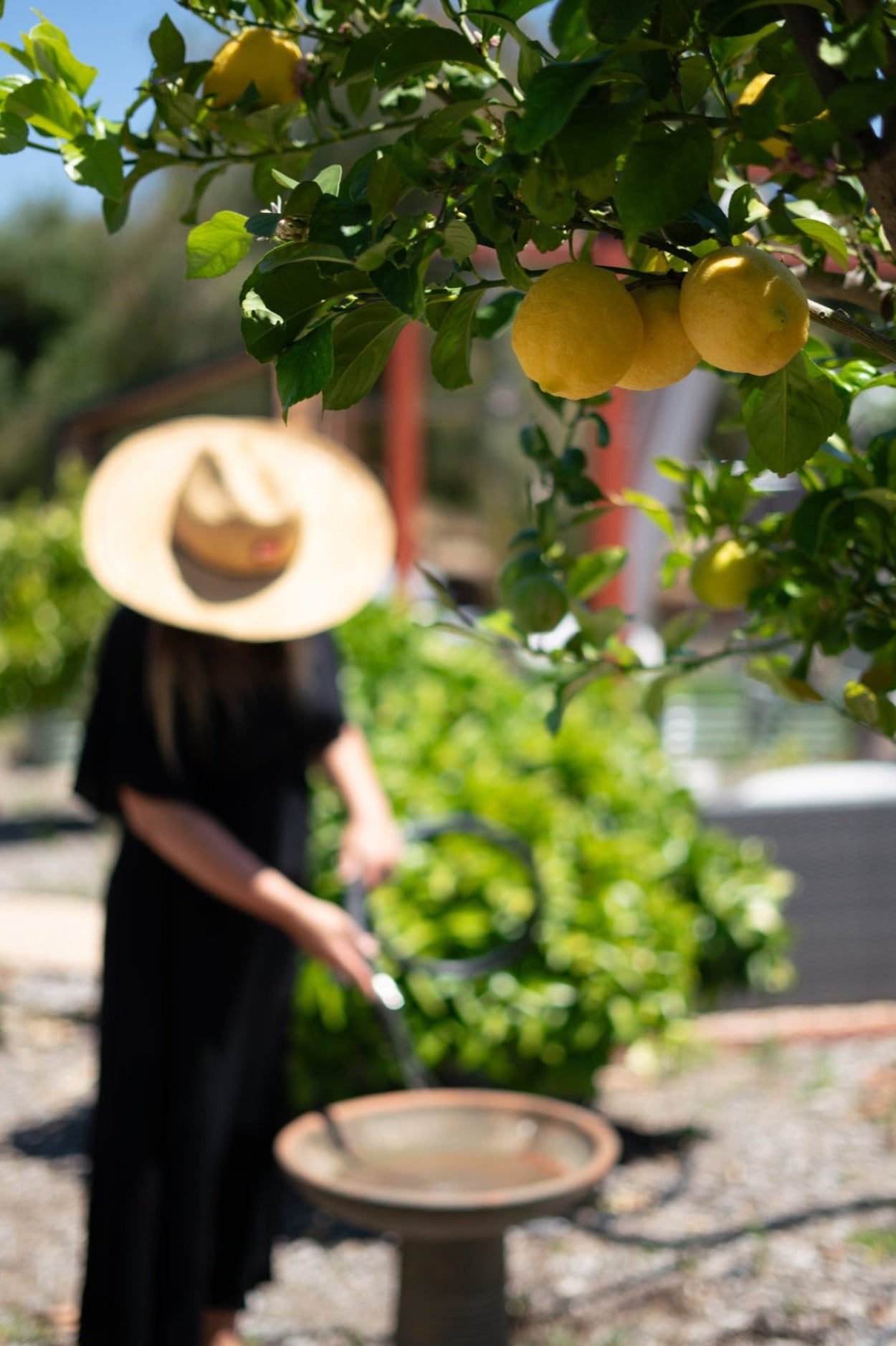Returns
We accept unopened products within 15 days of purchase. Please see instructions below:
- To start a return, you can contact us at hola@vamigas.com and let us know you will be returning the item.
- Return items to: Vamigas, 30321 Whipple Rd, Union City, CA 94587
- Once our warehouse confirms the return, you will receive a full refund for the product.
FAQ's
Do you provide a shipping label? We do not provide prepaid labels
Refunds: We will notify you once we’ve received and inspected your return, and let you know if the refund was approved or not. If approved, you’ll be automatically refunded on your original payment method. Please remember it can take some time for your bank or credit card company to process and post the refund too.
Exchanges
The fastest way to ensure you get what you want is to return the item you have, and once the return is accepted, make a separate purchase for the new item.
